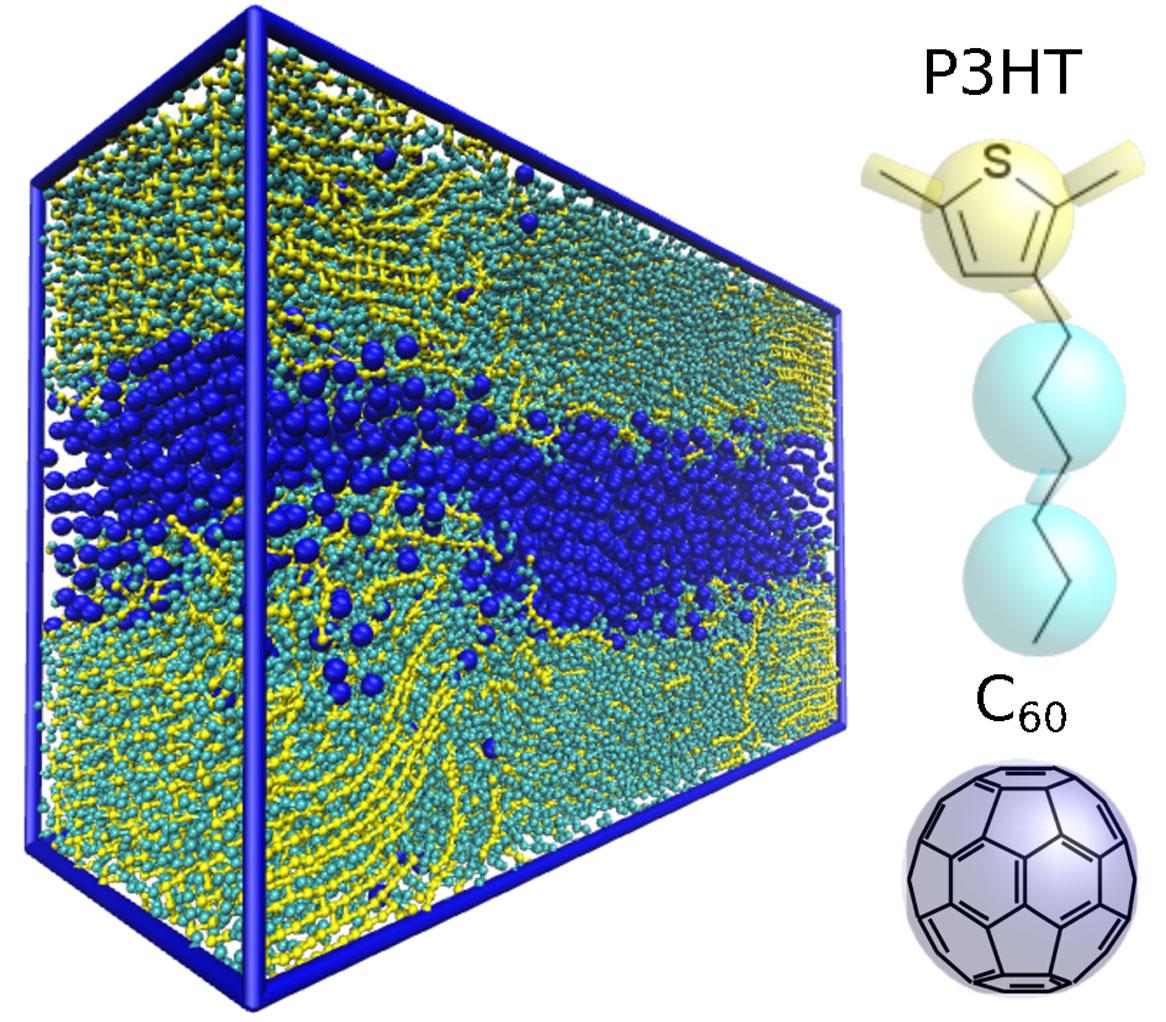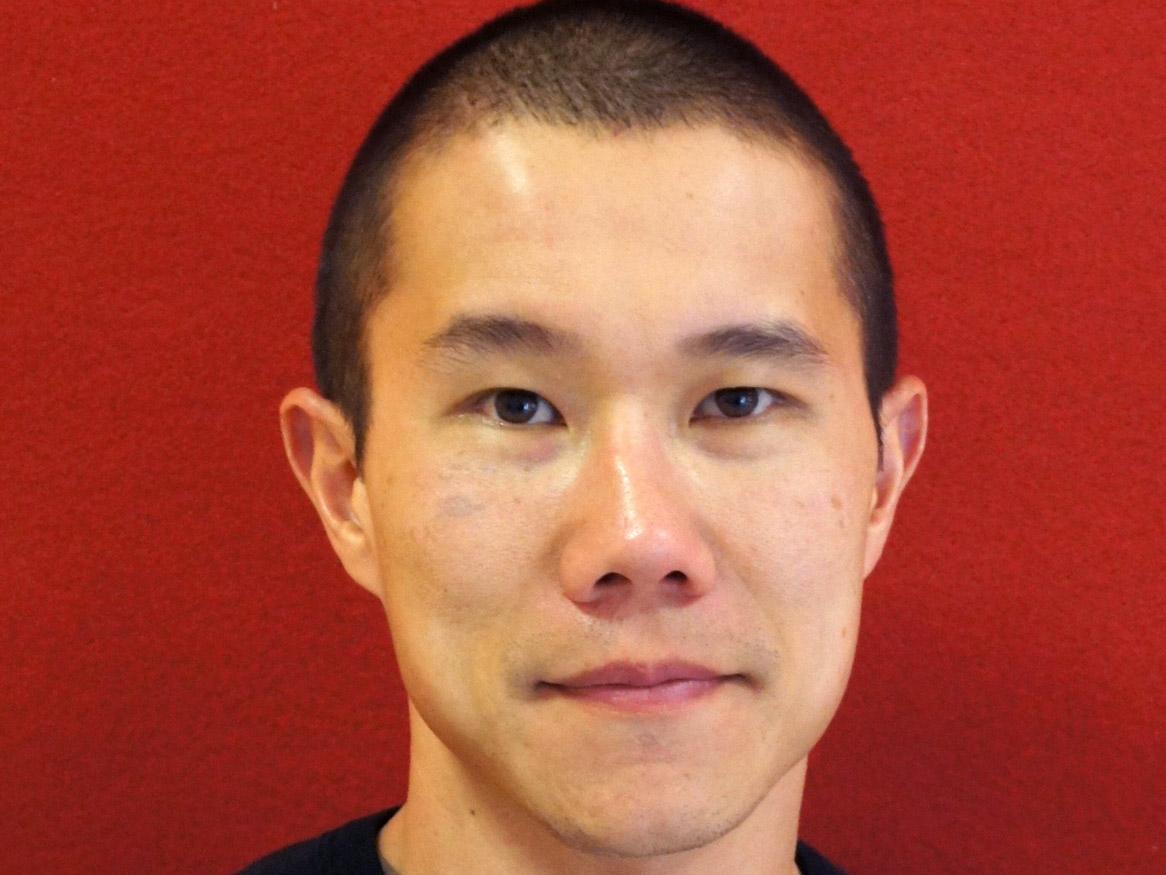Designing organic semiconductor interfaces for advanced flexible electronics
Electronic devices such as solar cells and light-emitting diodes based on organic semiconductors show promise as cheap and flexible alternatives to conventional silicon-based electronics.
But organic devices are generally less efficient than their inorganic counterparts.

Organic semiconductors can also enhance inorganic semiconductor devices, e.g. by improving light harvesting in silicon solar cells. A major impediment to more rapid development and widespread adoption of organic semiconductor technologies is that predicting device performance from the chemical structure of the constituent molecules is not easy.
Fundamentally, this is because organic semiconductor molecules are held together by weak non-covalent forces that result in significant structural disorder, which can greatly impact device properties.
The goal of this project is to develop a more predictive approach to controlling organic electronic device performance, in particular by exploiting molecular anisotropy to manipulate the structure of organic semiconductor interfaces.
The project will use statistical mechanics, quantum mechanics, and/or classical molecular simulations to address the general role of molecular anisotropy and interfaces in:
- charge separation in organic photovoltaics (OPV);
- charge transport in organic thin-film transistors (OTFTs);
- light emission in organic light-emitting diodes (OLEDs); or
- singlet fission.

Supervisor
Associate Professor David Huang
Research area: Theoretical chemistry, computational chemistry, physical chemistry, chemical physics - Huang Group , School of Physical Sciences
Recommended honours enrolment: Honours in Chemistry
